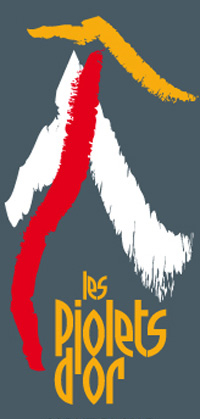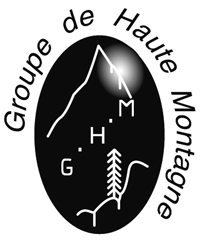"Mountaineering is a way of life, a philosophy of life, even if I've always refused to consider that in the mountains I was on an island away from society."
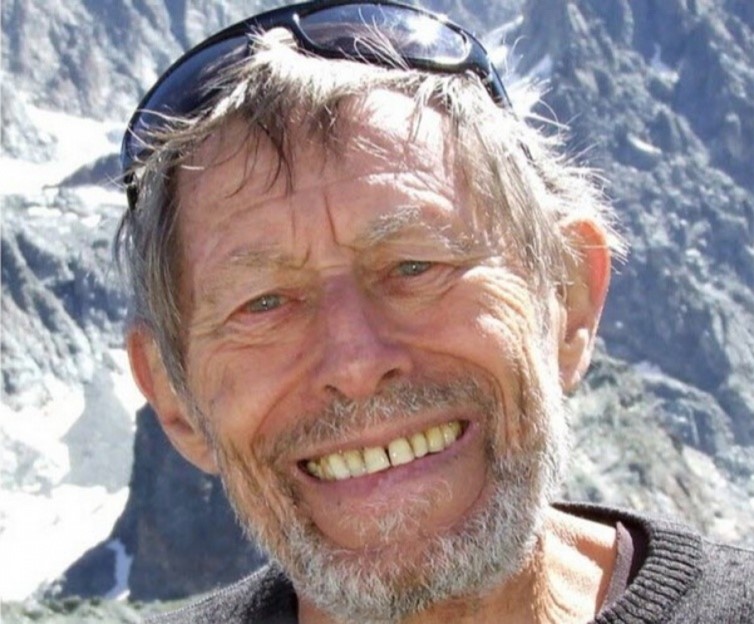
The mountaineer
Born in Toulon in May 1941, François Labande discovered the Oisans mountains at a very early age, as he recounts in Traces écrites (Éditions Guérin, 2011), probably his most autobiographical work. His parents had a family home in the Guisane valley, and it was there, in the Dauphiné mountains that he would never take his eyes off the land, that he fell in love with this adventurous terrain where the approach are long and the routes always complicated and on a not always perfect rock.
He really learned the techniques of mountaineering with the U.N.C.M. (Union nationale des centres de montagne) at the age of 16, and soon began to tackle the major routes in the Écrins and further afield in the Alps: South Face of the Meije, Écrins Southern Pillar, North-East Face of the Piz Badile, to name but a few.
Gifted in scientific subjects, he enrolled at the prestigious École supérieure d'électricité (better known as Supélec). With his engineering degree in hand, he nevertheless chose to become a mathematics teacher, as he wanted to preserve enough free time to devote to his greatest passion: mountaineering!
He would also discover ski touring much later, soon totalling over a thousand outings. The next logical step was to take up steep slopes and couloirs, what was known at the time as "extreme skiing".
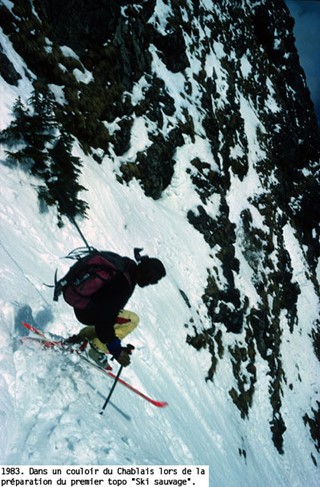
Shared passions
It was this dual scientific and alpine culture that quickly led him to take an interest in topoguides, particularly those relating to his beloved Écrins. As he explains in the introduction to his famous Guide du Haut-Dauphiné, it was in 1946 that the first edition of what became the Écrins counterpart to the famous Guide Vallot devoted to the Mont-Blanc massif was published by Arthaud under the auspices of the G.H.M. Lucien Devies and Maurice Laloue updated it five years later. In 1969, they enlisted the services of the young Labande, introduced by the president of the Marseille Alpine Club, to produce a new edition and then to recast it and divide it into four volumes between 1976 and 1978. Labande recalls: "I went to meet Devies in Paris, we talked at length and he immediately gave me carte blanche with all his confidence".
After the death of Lucien Devies in 1980, the G.H.M. logically entrusted him with total responsibility for three volumes (North, East and South) from 1995 onwards. It was also he who, in 1987, presented a shorter version (in which photographs replaced the historical sketches of the previous editions) in two volumes of Vallot: La Chaîne du Mont-Blanc: Guide Vallot. Sélection de voies.
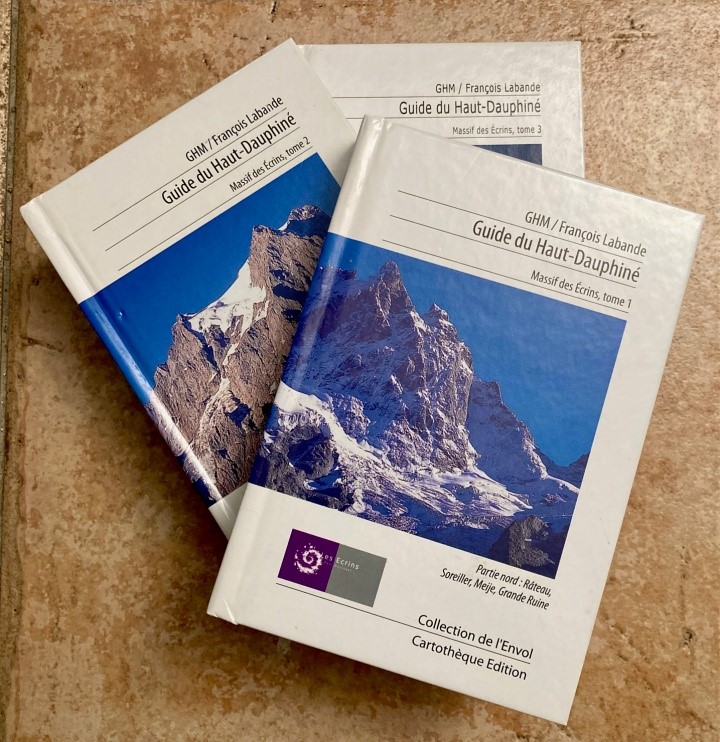
Other topoguides devoted to ski-mountaineering and hiking were published independently between 1983 and 2007.
Since 1956, the G.H.M. has published an annual edition of Les Annales, with a print run of 1,000 copies, the historic continuation of L'Annuaire (1926-1935) and Alpinisme (1926 to 1955, when it merged with La Montagne). François Labande took over at the end of the 1980s. Still following the same rhythm, they were replaced in 2002 by a new magazine called Cimes (the name Annales will still appear on the cover for the first two editions). Pierre Chapoutot was appointed editor by Yves Peysson. As Hubert Giot (then Chairman of the Group) wrote in the editorial for the first issue: "The adoption of a proper title shows the desire to make this magazine more than just a directory. We hope that this will help it to take its rightful place in an editorial polyphony in which we believe that the G.H.M. is capable of contributing an original voice and approach".
After the accidental death in 2006 of Pierre Chapoutot (caught in an avalanche in the Lauzière massif), Cimes was, as Leslie Fuckso wrote in the 2007 edition, "a bit of a ship without a captain, but the humble sailors that we are on this ship have taken over the helm, driven by the same tireless passion". Hubert Giot and then Stéphane Bauzac would ensure the transition until, under the presidency of Christian Trommsdorff, François Labande took up the torch again with the 2011 edition and ran it until 2015, the date of its last publication to date. To the very end, he will ensure that Cimes remains a collective work, nurtured by the members of the Groupe.
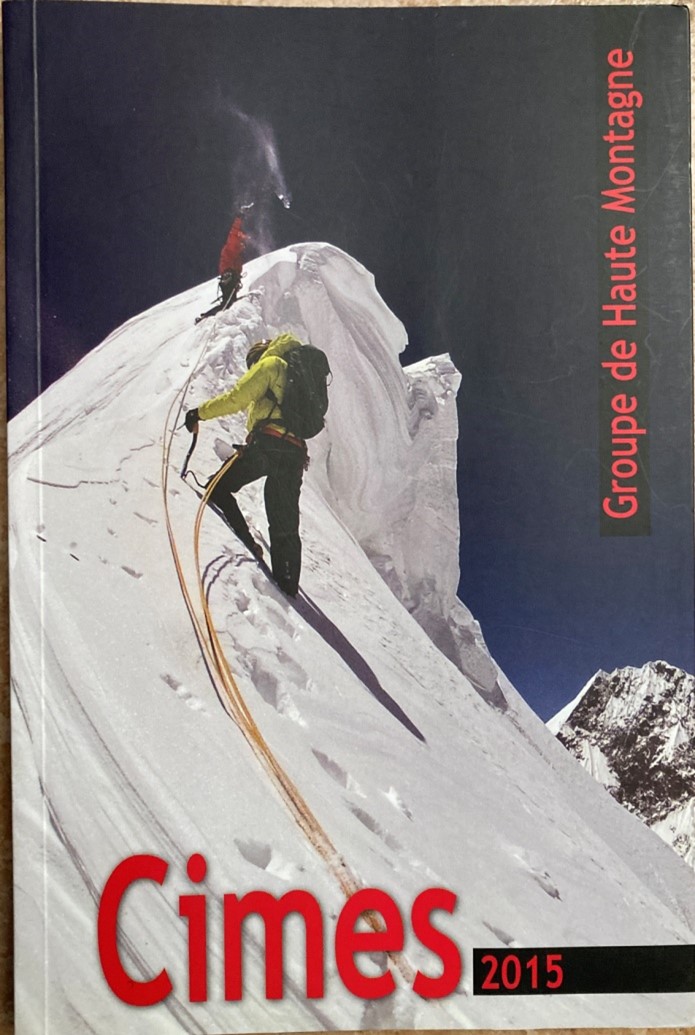
The protector
The other major chapter in his life, although totally linked to his passion for mountaineering, was the protection of high-altitude ecosystems. His love of the mountains was intimately linked to their wildness, which he wanted to preserve at all costs from human abuse.
In 1987, he was one of the founding members of Mountain Wilderness International, alongside Reinhold Messner, Haroun Tazieff, Bernard Amy, Alexis Long and Patrick Gabarrou, among others. The following year, he joined the French branch, becoming Secretary (1988-1994) then Chairman (1995-2002) and finally Honorary Chairman in 2003. For this, he chose to devote himself totally to it, even to the detriment of his other professional activities, taking a leave of absence from the French Ministry of Education.
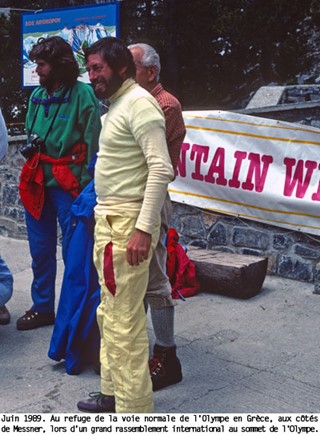
As soon as the Biella Theses, the founding text of Mountain Wilderness, were drawn up, concrete actions were planned, such as the clean-up of K2 in 1990. He also helped launch the idea of an international Mont Blanc park. As MW's international guarantor, he was also a pioneer in the long process leading to the Parc national des Calanques, writing to Corinne Lepage, then Minister for the Environment, in 1996. He also sat on the board of the Écrins National Park for more than twenty-five years.
A visionary, he has always questioned the development of mountains as much as their over-equipment, from cable cars to via ferrata, the virtues of clean climbing vs. over-bolting, and the cleaning up of rubbish and fixed ropes on the most popular high peaks.
As president of an association promoting local ecology, and after 33 years of civil service and associative activities, he was promoted to Chevalier de la Légion d'honneur in 1999 by the Ministry of the Environment.
The writer
Of his many works, the most inspiring for generations of mountaineers will certainly remain Grandes courses, published by Arthaud (a mountain publisher if ever there was one) in 1980 in the Altitudes collection. With a slightly different concept from Gaston Rébuffat's ‘100 plus belles’, and based on an idea by Lucien Devies himself, it presents 104 selected routes across the Western Alps to evoke "something else inspired by people: personalities, schools, moments in history, techniques, ethical quarrels, literary and artistic projections". In this pivotal period between generations of climbers still anchored in the traditional doxa and those already turned towards new trends (free climbing, fast and light), the form is as effective as the content: for each route, a full-page black and white photo on the left (photography was another of his passions) is mirrored by a drawing of the route, the thematic text and the historical and technical information. Here, we are no longer content with a clinical description, as in the guidebooks, but emotion takes centre stage.
The 104th is the Voie des Futurs Croulants in the Calanques, not the hardest of all, but surely a tribute to the massif he loved and did so much to protect. And perhaps also because he had the opportunity to climb it at the age of 22 roped up to Lionel Terray, one of his mountain heroes along with Hermann Buhl, "the one that fascinated me the most".
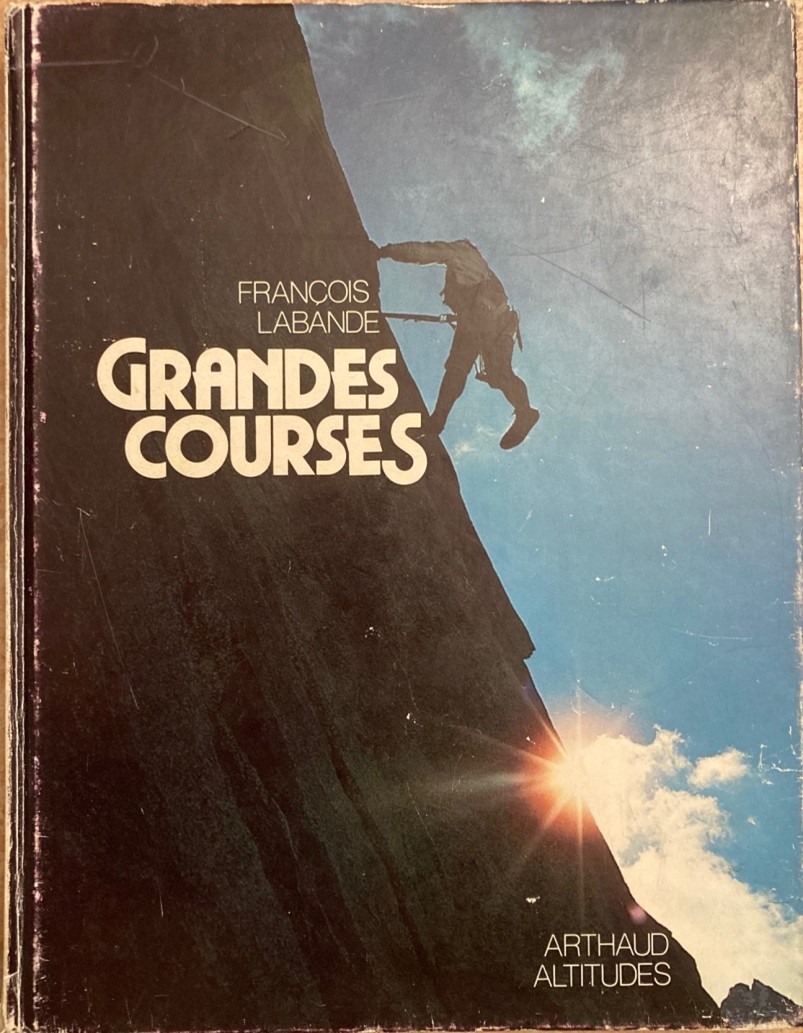
A prolific writer, he also tried his hand at fiction, authoring several novels (the latest in 2020, L'Échelle de l'espoir, is based on his experience with the Tous migrants (We are all migrants) association in Briançon), often inspired by the heights and also by Marseille, where he lived for a long time.
François Labande died on 20 March 2025 in La Salle-les-Alpes. He had been a member of the Groupe de Haute-Montagne since 1981.












